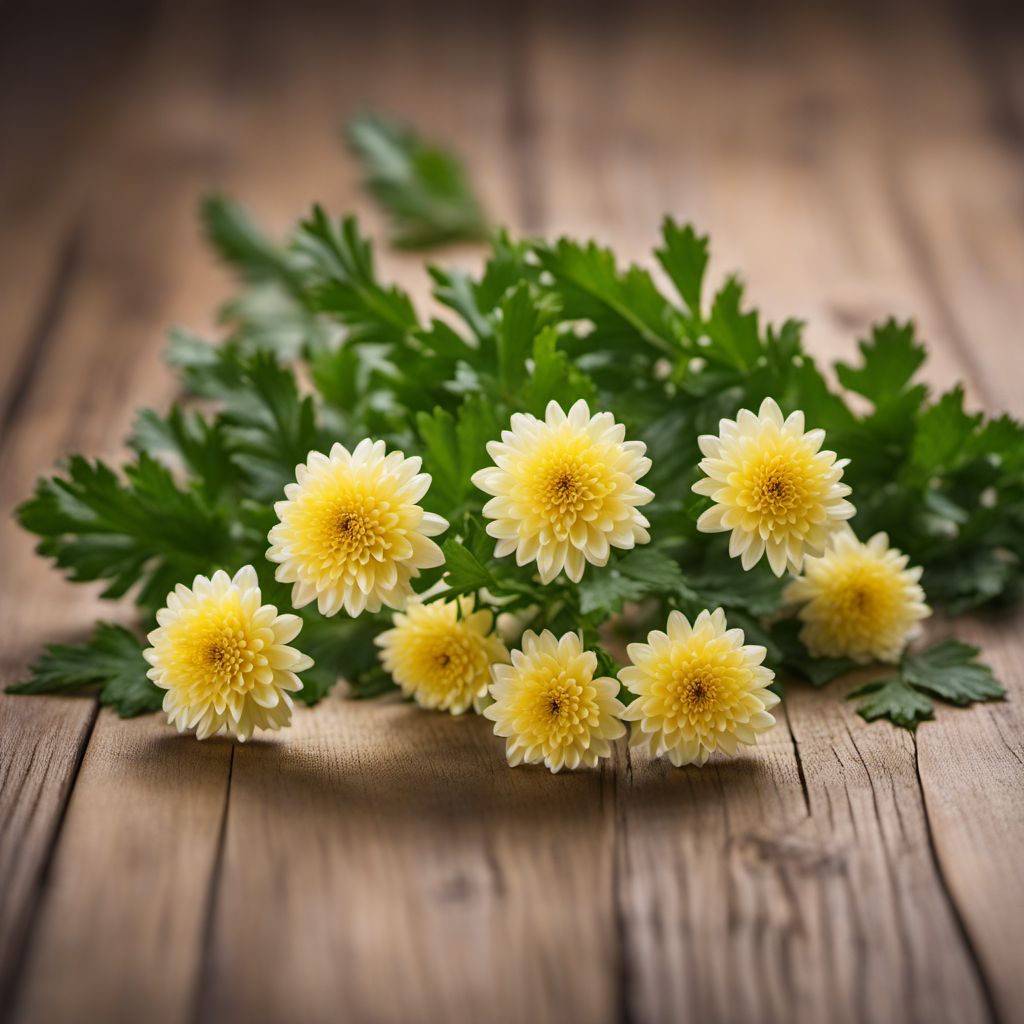
Ingredient
Garland chrysanthemums leaves
Edible Blossoms
Garland chrysanthemum leaves are dark green, lobed leaves with a slightly bitter taste and a crisp texture. They are commonly used in Asian cuisines, particularly in Japanese, Chinese, and Korean dishes. The leaves have a distinct aroma and a flavor that is reminiscent of mustard greens or spinach. They can be eaten raw in salads or used in stir-fries, soups, and hot pots. The vibrant green color of the leaves adds visual appeal to any dish.
Origins and history
Garland chrysanthemum leaves have a long history of culinary use in East Asia. They are native to China and have been cultivated for centuries. The leaves are highly valued for their nutritional benefits and are considered a healthy addition to meals. In Japan, they are known as 'shungiku' and are commonly used in traditional dishes like 'nabemono' (hot pot) and 'ohitashi' (blanched and seasoned vegetables). In China, they are used in stir-fries and soups, while in Korea, they are enjoyed in various dishes, including 'namul' (seasoned vegetables) and 'jeon' (pan-fried dishes).
Nutritional information
Garland chrysanthemum leaves are a good source of vitamins A, C, and K, as well as dietary fiber. They also contain antioxidants and minerals like calcium and potassium. They are low in calories and fat, making them a healthy choice for those watching their weight.
Allergens
There are no known allergens associated with garland chrysanthemum leaves.
How to select
When selecting garland chrysanthemum leaves, look for ones that are fresh and vibrant in color. The leaves should be crisp and free from wilting or yellowing. Avoid leaves with signs of discoloration or damage. It is best to purchase them from reputable sources or Asian grocery stores to ensure quality.
Storage recommendations
To maintain the freshness of garland chrysanthemum leaves, store them in the refrigerator. Wrap them in a damp paper towel or place them in a plastic bag to prevent wilting. Use them within a few days of purchase for optimal taste and quality.
How to produce
Garland chrysanthemum leaves can be grown in home gardens or containers. They require well-draining soil and regular watering. The leaves can be harvested when they are young and tender for the best flavor and texture. Simply cut the leaves close to the base of the plant, leaving enough for regrowth.
Preparation tips
Garland chrysanthemum leaves can be used in various ways. They can be enjoyed raw in salads, providing a refreshing and slightly bitter taste. The leaves can also be blanched and seasoned as a side dish or added to soups, stir-fries, or hot pots. In Japanese cuisine, they are commonly used in 'nabemono' (hot pot) dishes, while in Chinese cuisine, they are stir-fried with garlic and other vegetables. In Korean cuisine, they are often used in 'namul' (seasoned vegetable) dishes or 'jeon' (pan-fried dishes).
Substitutions
There are no suitable substitutions for garland chrysanthemum leaves due to their unique flavor and texture.
Culinary uses
Garland chrysanthemum leaves are commonly used in Japanese, Chinese, and Korean cuisines. They are often added to salads, stir-fries, soups, and hot pots. In Japan, they are a key ingredient in 'nabemono' (hot pot) dishes and 'ohitashi' (blanched and seasoned vegetables). In China, they are used in stir-fries and soups, while in Korea, they are enjoyed in 'namul' (seasoned vegetable) dishes and 'jeon' (pan-fried dishes).
Availability
Garland chrysanthemum leaves are commonly available in Asian grocery stores or specialty markets, particularly in regions with a significant Asian population. They can also be grown in home gardens or purchased from local farmers markets.
More ingredients from this category
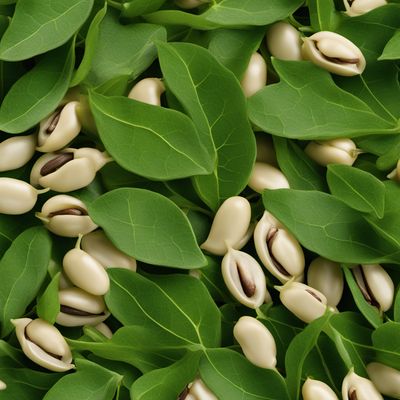
Black eyed peas leaves
Leafy Goodness

Sweet potato leaves
The Leafy Marvel
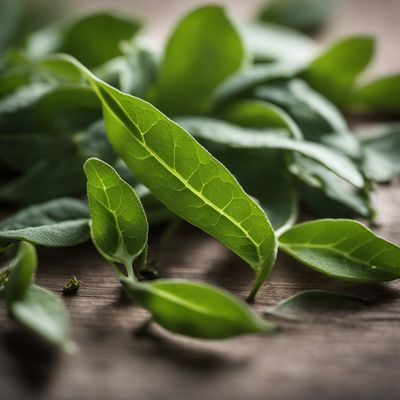
Oraches leaves
The Versatile Green: Oraches Leaves

Bitterblad leaves
The Bold and Bitter Bites: Exploring the World of Bitterblad Leaves

Bitterleaves
The Bitter Beauty

Tannia leaves
The Versatile Tannia Leaves

New Zealand spinaches
The Versatile Green Delight
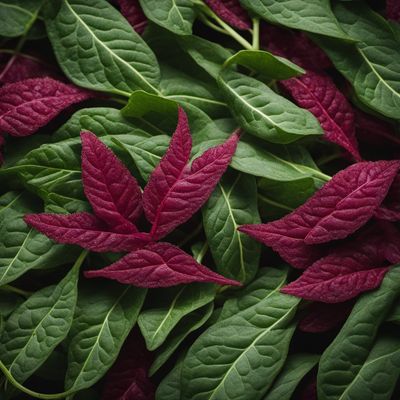
Amaranth leaves
The Nutrient Powerhouse: Exploring the Versatility of Amaranth Leaves

Cassava leaves
The Green Delight: Unveiling the Nutritional Powerhouse of Cassava Leaves
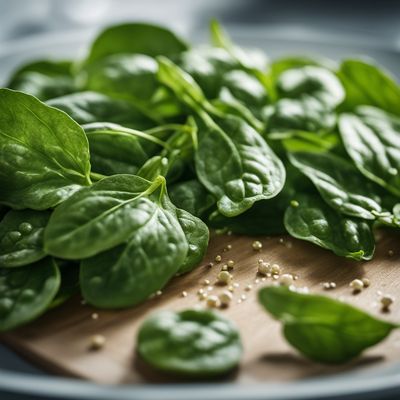
Spinaches
The Mighty Leafy Green